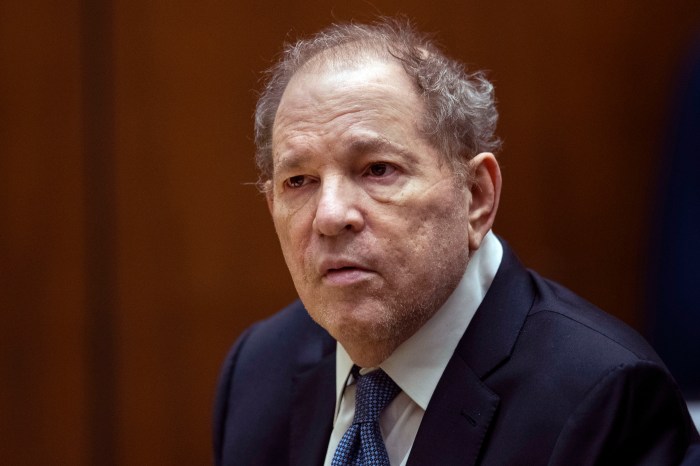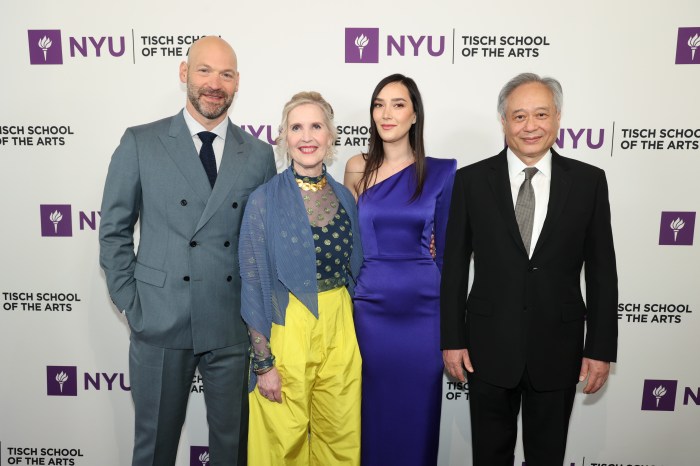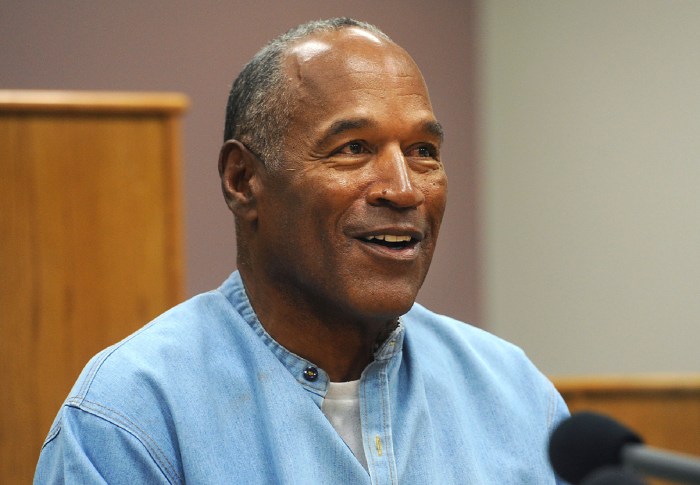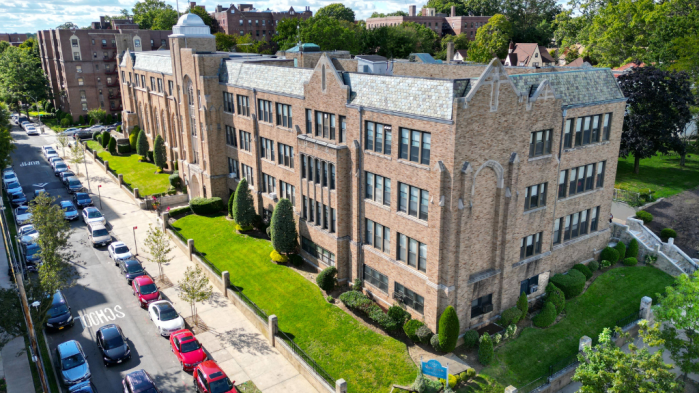Edward Villella, 78, began taking dance classes in Bayside, Queens, as an eight-year-old, joined the New York City Ballet, and eventually became America’s most revered male ballet dancer.
In the 1970s, injuries forced him to retire from a dancing career that included an array of immortal performances, endless accolades and dancing for four U.S. presidents (including a performance at President John F. Kennedy’s inaugural).
Villella became an artistic consultant to various dance companies and in 1985 founded the Miami City Ballet, nurturing it into a world class company before being forced out as artistic director in 2012.
When former figure skating champion Dick Button prevailed upon Villella to choreograph ice dancing, Villella came up with “Reveries,” which was performed last year by the Ice Theatre of New York to wonderful reviews. His new piece, “Back Bay Shuffle,” set to the Artie Shaw tune, will be presented with other works by ITNY Oct. 16 — 18 at the Chelsea Pier Sky Rink.
Villella lives in Hamilton Heights with his wife of 34 years, the champion Canadian figure skater Linda Carbonetto.
How does a guy from the world of boards and toe shoes choreograph for a sport involving blades on ice?
There are enough similarities. The difficult part with ice skating is the footwork — when they land they just keep going! And they have to go a long distance to get in the air. They are all about gliding — speed and attack and takeoff and a landing (dancers) can’t achieve. I didn’t want to fill (my ice dances) full of tricks. We know those from the Olympics, but it’s not really ice dancing … I take a thematic approach, integrating as much balletic stuff as possible.
Any words of wisdom on accepting terrifying new challenges?
If they ask me, I’ll do it! This is a terrific novelty for me. But George Balanchine choreographed elephants in the Ringling Brothers & Barnum & Bailey Circus. He called up (Igor) Stravinsky and asked him to write a piece for elephants and he wrote “The Circus Polka.” They were truly brilliant guys who took us out of the 19th Century.
What do you think about the plans to build the Kingsbridge Ice Center in the Bronx?
Even in areas where skating is rarefied you have a percentage of the population that would like to ice skate. Giving people opportunities to do it is how it arises. It’s very, very difficult to get ice time (in NYC) and it’s very, very expensive. Most ice-skating is taught privately. If there could be (group) classes and programs that are inexpensive or free, you would service a large area that has been underserved. The question is: How will it be developed and funded?
Do you still dance?
No! I’ve had three hip replacements. When you have these surgeries, you don’t want to pop a hip. But I can still teach. I’m at a place right now where I derive enormous pleasure from coaching. I will never work for a board again and I will never raise money again. It’s a beautiful freedom. Balanchine said dance was a passing art form: You pass it from body to body and from mind to mind. It’s a mind-driven physicality. There is a certain time to do it, a certain time you don’t do it as well and a certain time when you pass it on. That’s where I’m at now: I’m now taking care of all the ballets that took such good care of me. I’m returning a great debt.
Who is the audience for ice dance?
It’s a skating audience, but the idea is to take the ice dancing people associate with Disney on Ice and Holiday on Ice and those sorts of extravaganzas — and to take the model of John Curry (a world champion British figure skater) and move it forward. I don’t want to do just the pyrotechnics, but to show the gliding and beauty.
So many arts organizations are hurting: What is their future?
Classical singing, opera, ballet — all those things were started in the days of royalty and as time went on they were supported by the 2% or so. But there is no classical education in public schools! It’s gone the way of budgets — what can you do? There is a think tank now (the NYU Center for Ballet and the Arts) to ponder the future. (Sergei Pavlovich) Diaghilev, (George) Balanchine and (Jerome) Robbins — those are the people you wait for. We have to wait for the next major artist to come along and see what they can do. It depends on what kind of culture you’re interested in. Culture is a movable feast.
What would you say to boys and men who dismiss skating and ballet as feminine pursuits?
There is this thing called talent. If you have a talent, you have to service that talent and you have to practice it. If it’s your inclination and it’s available, you should do it.

















